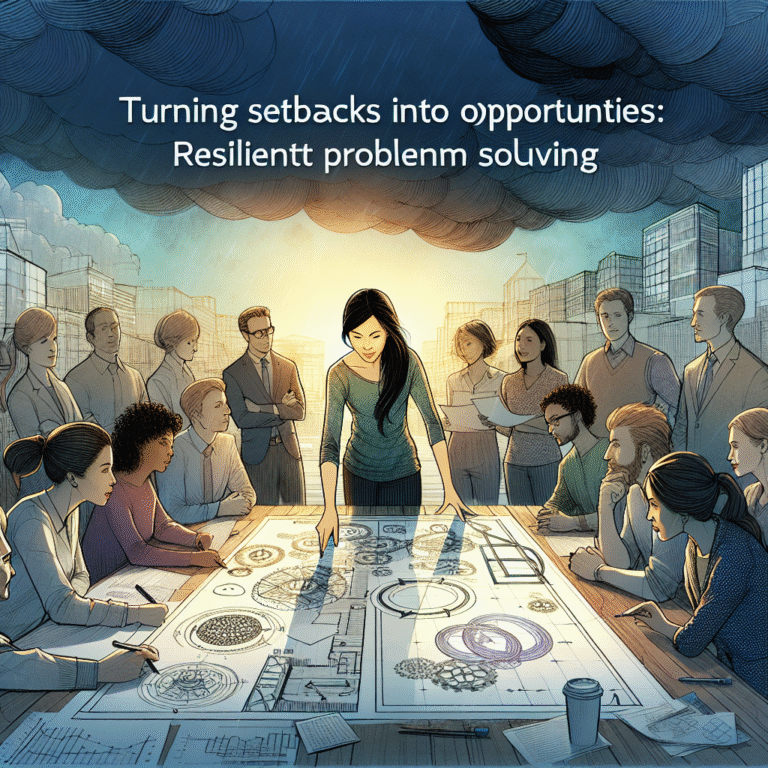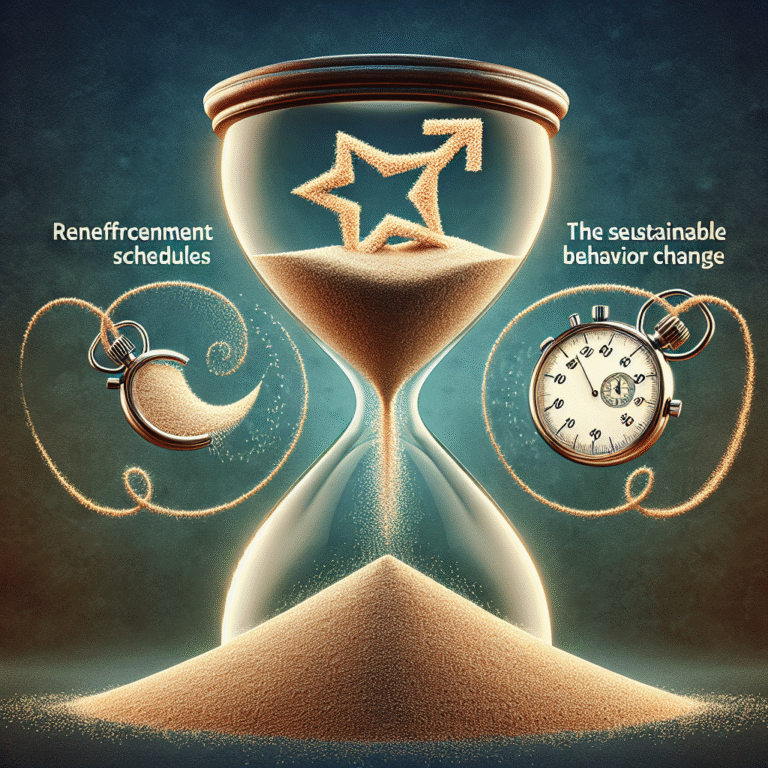
Introduction
Imagine navigating life’s challenges with grace and resilience, tapping into your emotions not just as reactions, but as powerful tools. The journey of Harnessing Emotions: Practical Strategies for Enhanced Emotional Processing is not just about managing feelings; it’s about transforming them into catalysts for personal growth, effective communication, and deepened relationships. In a world where emotional intelligence is increasingly recognized as a critical skill, understanding how to harness our emotions can lead to profound changes in our lives.
Today, we will explore practical strategies that will empower you to deeply process and understand your emotions, enhance your well-being, and foster healthier interpersonal connections. With a mix of scientific insights, illustrative case studies, and actionable techniques, we provide a roadmap to emotional mastery.
Understanding Emotional Processing
Before diving into strategies, it’s vital to understand what we mean by emotional processing. This term refers to how we interpret, analyze, and respond to our feelings. Effective emotional processing involves recognizing your emotions, understanding their origins, and translating them into constructive actions.
The Science Behind Emotional Processing
Emotions are complex responses involving physiological, cognitive, and behavioral elements. Neuroscientific research highlights that emotions arise from the limbic system while rational thought is processed in the prefrontal cortex. Therefore:
- Cognition: Influences how we interpret emotions.
- Physiology: Dictates how we experience emotions physically (e.g., racing heart, butterflies in the stomach).
- Behavior: Finally, this shapes how we express our emotions to the world.
The key to Harnessing Emotions: Practical Strategies for Enhanced Emotional Processing lies in transcending the surface and diving deeper into this interplay.
Case Study: The Impact of Emotional Awareness on Leadership
Let’s take a look at a famous case in corporate leadership: Howard Schultz, the former CEO of Starbucks. Schultz is known for his emotional intelligence, which played a crucial role in transforming Starbucks into a global coffee empire. By emphasizing empathy in leadership, he cultivated an environment where employees felt valued, translating into better customer service and increased loyalty. Schultz’s approach illustrates that leaders who harness their emotions and create supportive spaces enhance not just their effectiveness, but also team cohesion.
Practical Strategies for Enhanced Emotional Processing
1. Develop Emotional Awareness
What It Is:
Emotional awareness is the ability to recognize and understand your emotions as they occur.
How to Implement:
Daily Reflection: Spend a few minutes each day reflecting on your feelings. Ask yourself what emotions you experienced, what triggered them, and how you responded.
- Emotion Journaling: Write down your emotions regularly. This practice can reveal patterns and provide clarity on how certain situations affect you.
Table 1: Daily Reflection Questions
| Question | Purpose |
|---|---|
| What emotions did I feel today? | Identifying emotions |
| What triggered those emotions? | Understanding triggers |
| How did I react? | Analyzing responses |
| How could I respond differently? | Exploring alternate responses |
2. Practice Mindfulness
What It Is:
Mindfulness is the practice of staying present and fully engaging with the current moment without judgment.
How to Implement:
Mindful Breathing: Take deep, intentional breaths. Focus on the sensation of air entering and leaving your body.
- Guided Meditation: Use apps or online resources to practice meditation, focusing on your thoughts and emotions without attachment.
Case Study: Mindfulness in Education
A renowned case in educational settings involves the Mindful Schools program, which introduces mindfulness practices in classrooms. Results show enhanced emotional regulation among students, reducing instances of anxiety and increasing focus. This exemplifies the ripple effect of mindfulness in reinforcing emotional processing skills.
3. Reframe Negative Experiences
What It Is:
Reframing is about viewing a situation from a different perspective, often leading to a more positive or neutral outcome.
How to Implement:
Cognitive Behavioral Techniques: Challenge negative thoughts. Instead of thinking, “I failed,” reframe it to, “I learned something valuable.”
- Gratitude Journaling: Write down things you’re grateful for, especially after negative incidents. This shifts focus from what went wrong to what went right.
4. Improve Emotional Vocabulary
What It Is:
An expanded emotional vocabulary allows for precise expression of feelings.
How to Implement:
- Emotion Wheel: Use tools like the emotion wheel to articulate your feelings better, moving beyond basic emotions like “happy” or “sad” to more nuanced ones like “frustrated” or “elated.”
5. Engage in Active Listening
What It Is:
Active listening involves fully concentrating, understanding, responding, and remembering what is being said.
How to Implement:
- Reflective Responses: Summarize what others say to confirm your understanding before responding. This builds emotional connections and trust.
Case Study: Active Listening in Conflict Resolution
In conflict resolution processes, trained mediators often exemplify the power of active listening. A noted case is the mediation processes in Rwanda post-genocide, where facilitators employed active listening to understand grievances and help parties move toward reconciliation, making it a tool for emotional processing in extreme contexts.
Enhancing Emotional Processing in Daily Life
Family Dynamics
In family settings, Harnessing Emotions: Practical Strategies for Enhanced Emotional Processing can foster healthier relationships. Regular family meetings to discuss feelings and experiences can create supportive environments, where everyone’s voice is heard.
Workplace Environments
For businesses, integrating emotional processing tools into company culture can lead to increased employee satisfaction. Training programs focusing on emotional intelligence, like those used at Google, have shown to improve team communication and performance.
Conclusion
In summary, Harnessing Emotions: Practical Strategies for Enhanced Emotional Processing is a continual journey requiring mindfulness, reflection, and practice. By incorporating these strategies into your daily life, you not only empower yourself but also contribute to a ripple effect that can positively influence those around you.
Call to Action
Start small today. Choose one strategy from this article and implement it this week. As you gain confidence, gradually incorporate more techniques. Remember, emotional mastery is not about suppressing feelings but about embracing them, understanding their origins, and allowing them to guide you constructively.
FAQs
1. What is emotional processing?
Emotional processing involves understanding, interpreting, and responding to your emotions. It’s crucial for mental health and interpersonal relationships.
2. Why is emotional awareness important?
Emotional awareness helps you recognize your feelings and understand their triggers, leading to healthier responses and improved emotional regulation.
3. How can mindfulness improve emotional processing?
Mindfulness cultivates a non-judgmental awareness of your thoughts and emotions, enabling the acknowledgment and acceptance of feelings, which enhances emotional processing.
4. What are some strategies to develop emotional vocabulary?
Using tools like the emotion wheel, reading literature that emphasizes emotional expression, and practicing direct communication can enhance your emotional vocabulary.
5. How can emotional processing impact my relationships?
Effective emotional processing allows for better communication and understanding, leading to more fulfilling and resilient relationships with friends, family, and coworkers.
Through a clearer understanding of emotions and their impact, along with practical strategies for emotional mastery, we can begin to unlock a higher potential not only in ourselves but also in our interactions with others, fostering environments enriched in empathy, connection, and resilience.














